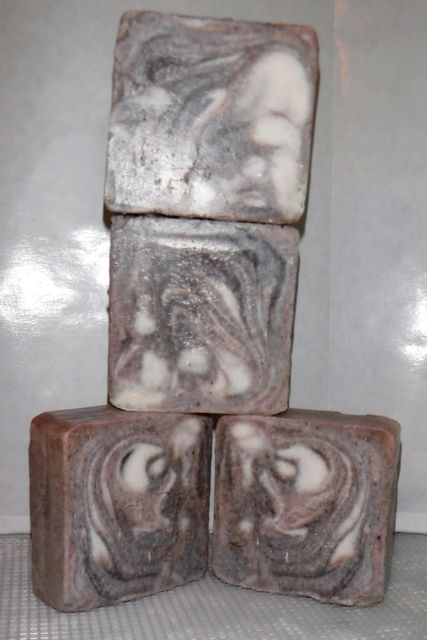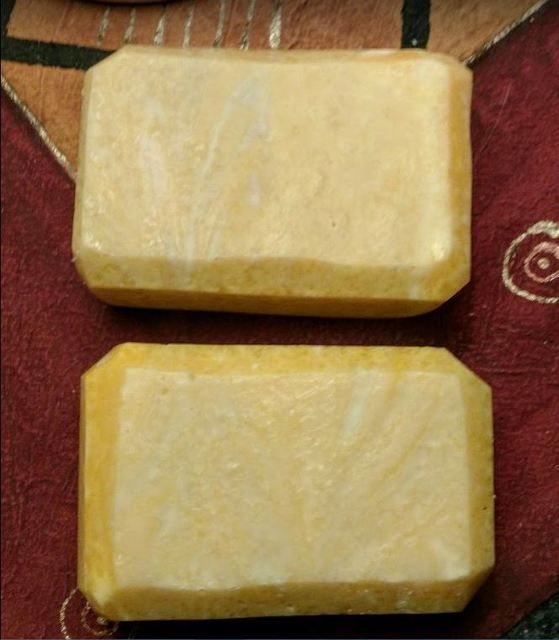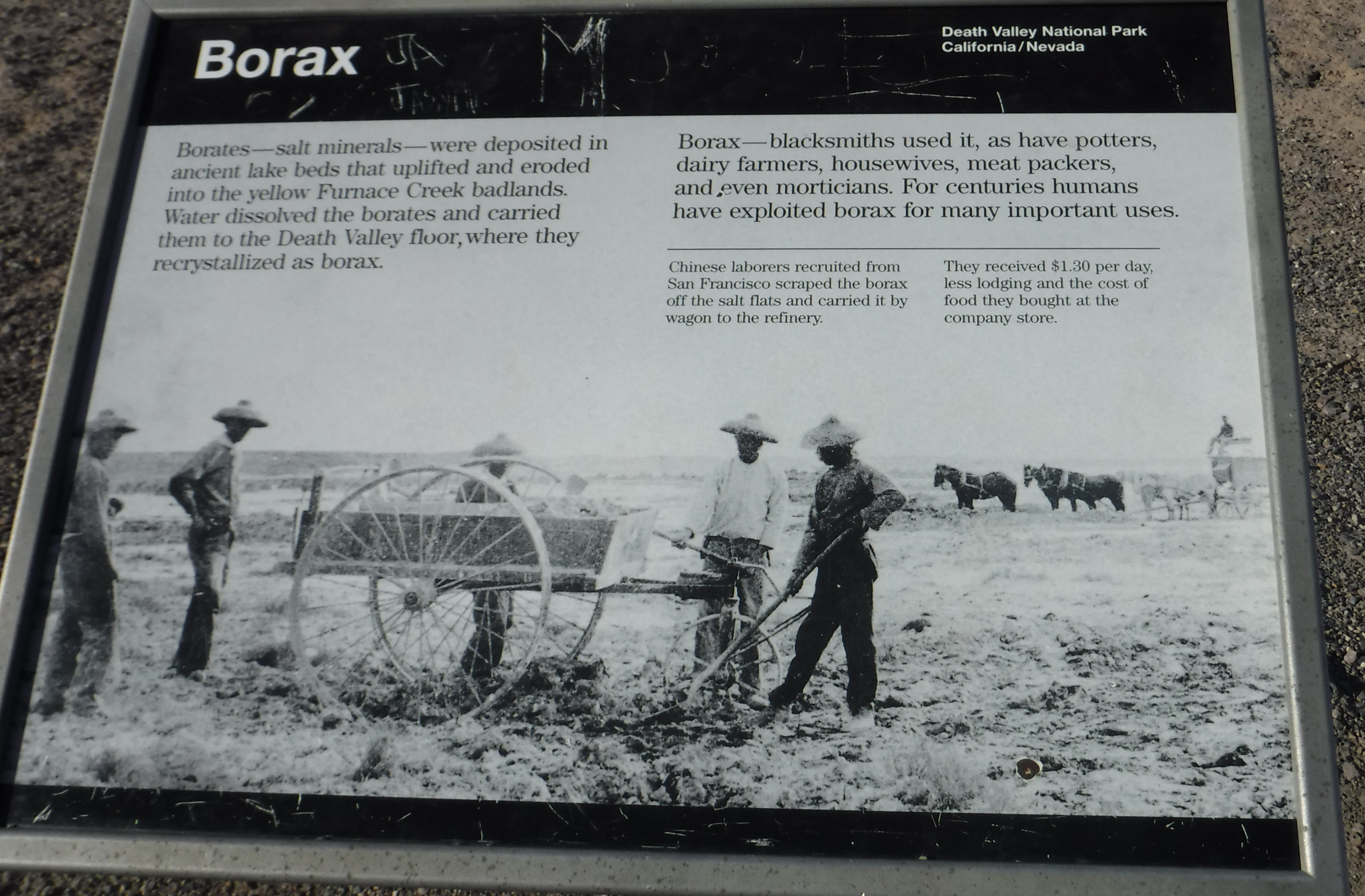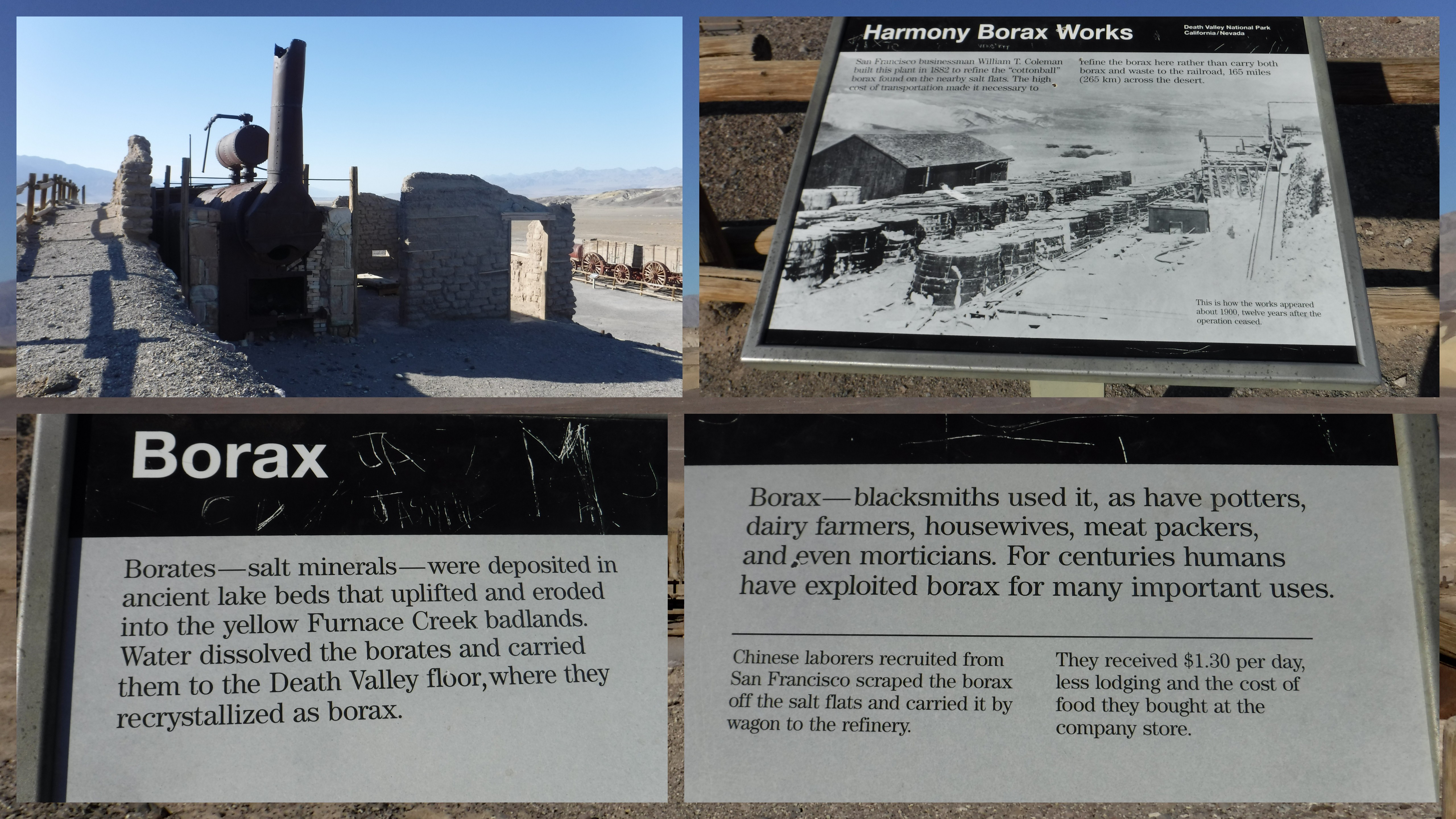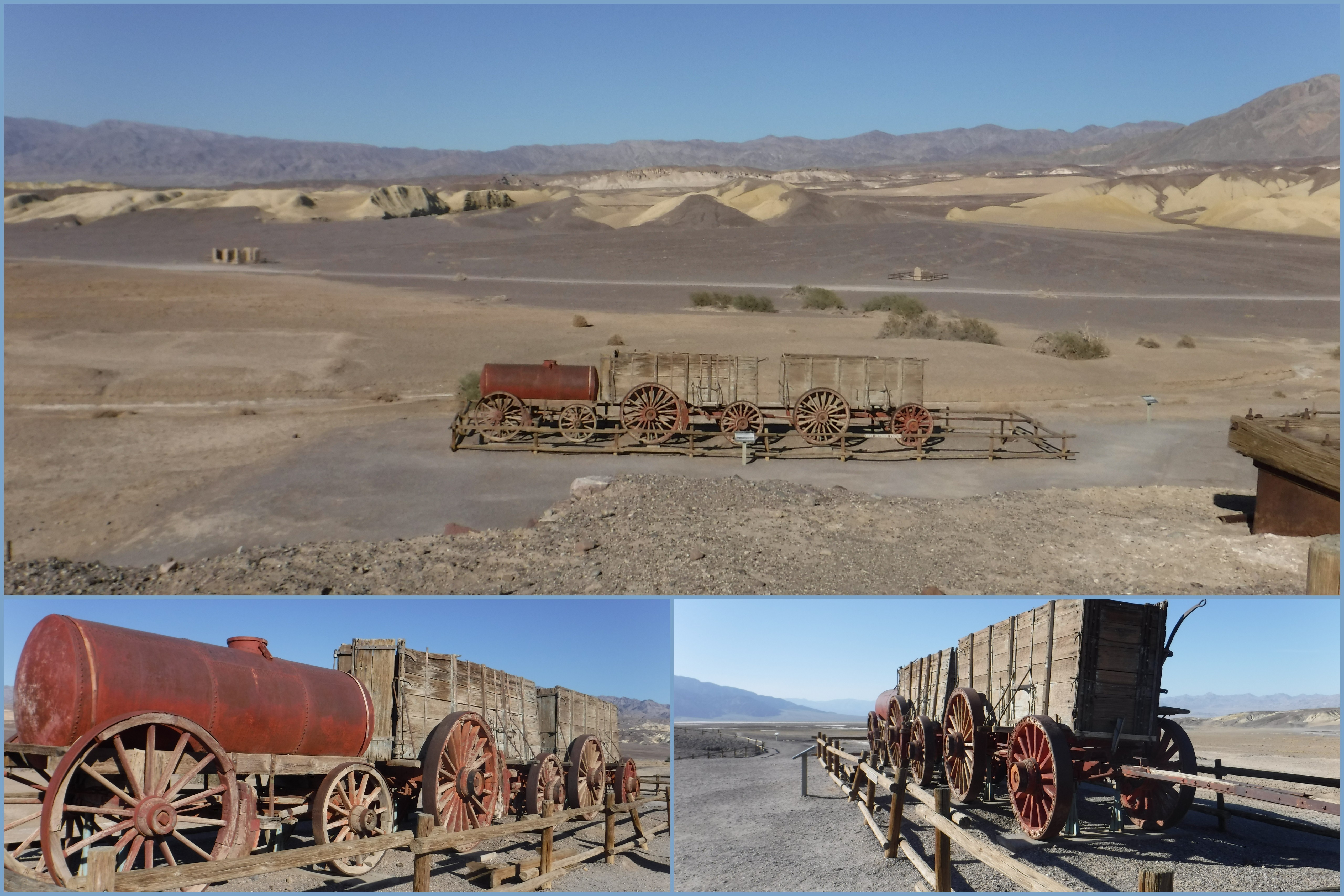Soapmaker145, What is PG? I did add sugar to increase the bubbles in the combo soap and it certainly does that, but then that soap was also a rebatch of scraps from the Borax Soap and the Pumice Soap.
Regarding Sodium Metaborate, I found
this and
this. After reading those it seems to indicate that it is not something I need to be particularly worried about, although maybe you apparently found something different that I did not find. In addition to that, my Dad used to use it in his darkroom for decades when developing his photographs. Of course he didn't wash his hands in it and used tongs rather than dip his hands directly into it. But I simply cannot find anything about metaborate absorbing into tunbroken skin (for handwashing or otherwise). There does seem to be some concern about Borax crossing the placental barrier, but that is not an issue in this case. (My brother, my husband, nor I will ever get pregnant.)
As for how I make the soap, I have only done this as a CP method. The small amount of Borax is dissolved in boiling water, then set aside to cool. The soap is made as usual CP soap is made, then the cooled Borax solution can be added at emulsion or trace, depending if intricate swirls are desired. I tried it at emulsion for the soap I made in June because I wanted to do a Ribbon Pour. It didn't work so well in the ribbon pour, but it was my very first attempt and I had to practice a lot to get that technique down. After mixing in the Borax solution and separating the batter, I then added colorants before attempting the Ribbon Pour.
When I made it 2 years ago, I added the cooled Borax solution at medium to heavy trace just before pouring into the mold. That was with uncolored soap I made to use as a gardener's soap.
In the soap for my brother I used about 62 grams of Borax in a total batch size of about 1400 grams where the amount of NaOH was 128.5 grams (the second recipe). The first recipe total batch size was about 1000 grams with the NaOH at 92. grams and the Borax at 34 grams. I decided to use a higher percentage of Borax for the second soap because I had read that many Blacksmiths prefer to use straight Borax powder for hand cleaning and chose to use a bit more than the first soap I made the year before (which was not for my brother, but to be used as a gardening soap.) So that is why it was more the second time I made Borax soap.
On another note, I know some people are adamant that Borax is bad and that we should stop using it, but as many BlackSmiths all over the country (and elsewhere?), my brother uses it all the time, as it is a commonly used Flux in forge welding.





